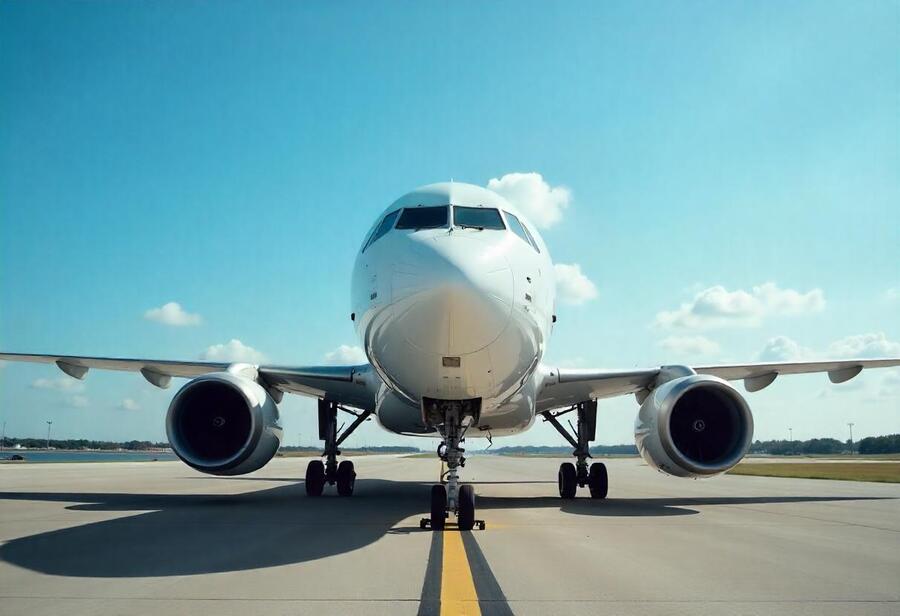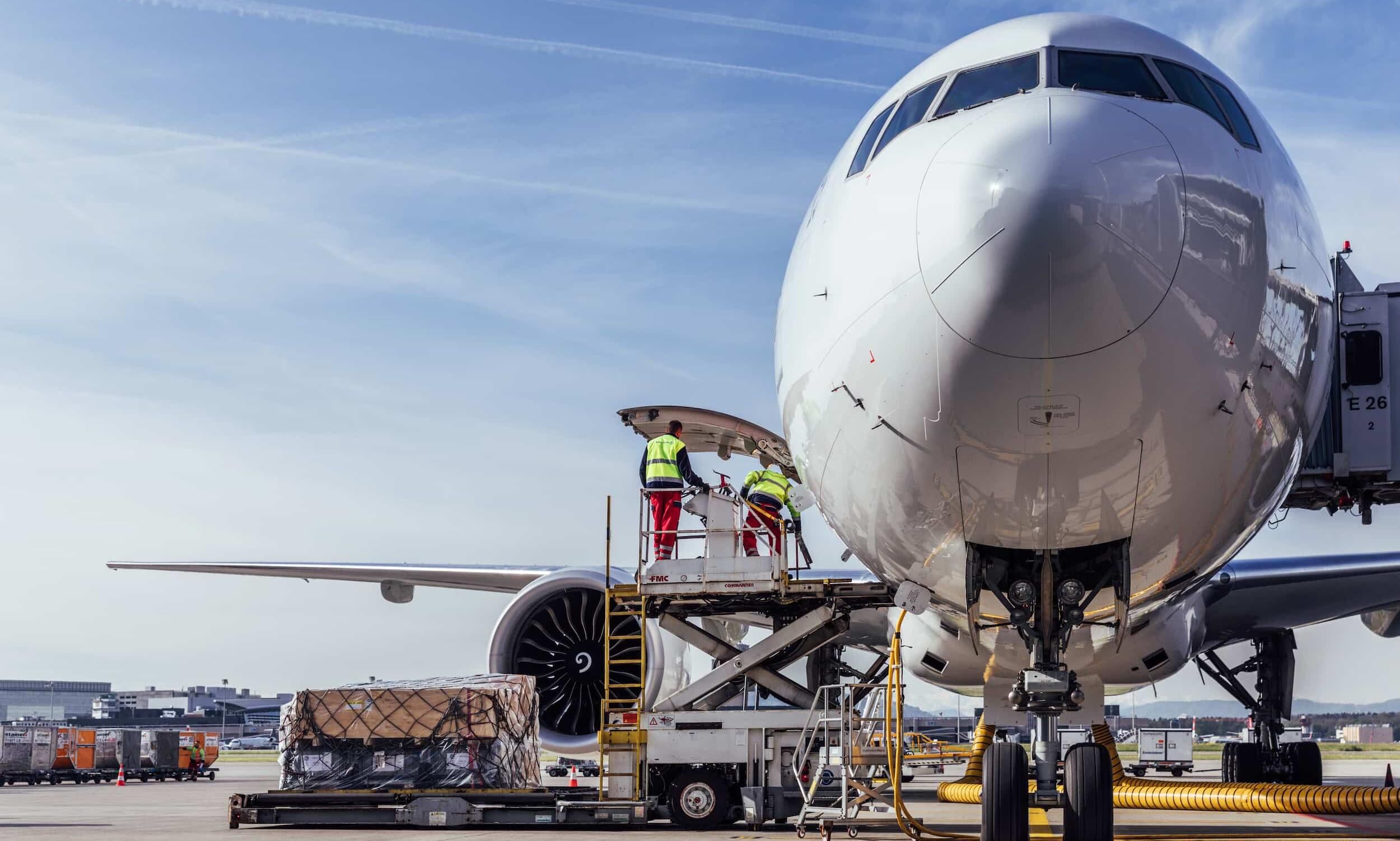Near-Collision Over Siberia: Air China And SF Airlines Narrowly Avoid Disaster - Travel And Tour World
Monday, July 14, 2025

It was quite a scare for those on air China flight CA967 and crew on board SF Airlines flight CSS128 6 July 2025, when the two planes came within 80ft of each other over Tuva, an isolated region in Siberia, Russia. A330 operating company description date Air China SEXIFICATION Upgrade Catalog 2 June 2019 1 OUTLINE OF SEXIFICATION Pages This catalogue is valid for the following routes operated by Air China, which is subject to change. The airplane approached to final within about 90 to 120 meters (300 to 400 feet), well below the internationally required minimum vertical separation of 305 meters (1,000 feet).
Around 21:39 GMT, Air China flight CA967 initiated an unauthorized climb from its designated altitude of 34,100 feet to 36,000 feet. This sudden ascent intersected directly with the SF Airlines cargo jet, which was steadily cruising at about 35,000 feet. Radar confirmed the Air China jet’s unplanned climb, prompting immediate concern from the cargo plane’s pilot, who visually identified the rapidly approaching Airbus.
Both aircraft received urgent alerts from their onboard Traffic Collision Avoidance System (TCAS), an automated system designed to prevent mid-air collisions. Swift intervention by air traffic control (ATC) guided both aircraft to immediately alter their courses in opposite directions, successfully preventing a collision.
Preliminary information suggests cockpit miscommunication played a critical role in the incident. Recordings indicate the Russian air traffic controller had instructed other flights in the area—Air China flight CA861 (Beijing to Geneva) and Hainan Airlines flight HU7937 (Beijing to Prague)—to maintain their current altitudes. Flight CA967, however, had received no altitude adjustment instructions at that moment.
Partial audio recordings reveal significant confusion among the Air China crew, potentially resulting from overlapping radio transmissions. Experts speculate that the pilots misinterpreted communications intended for another aircraft as permission for their own altitude change, inadvertently setting the stage for the near-collision.
Following the event, pilots from both aircraft spoke privately in Mandarin, with the SF Airlines pilot clearly expressing concern about the dangerous situation: “I saw your plane climbing… only 20 nautical miles away. Such a crossing altitude is very inappropriate.” Conversely, the Air China pilot attributed the incident to unclear instructions from the Russian air traffic controller, highlighting confusion caused by simultaneous communications.
Following established international aviation safety protocols, the Civil Aviation Administration of China (CAAC)—the regulatory body overseeing aviation safety and incident investigations under China’s Ministry of Transport—has been notified. The CAAC is anticipated to initiate a comprehensive investigation alongside Russian civil aviation authorities to identify root causes and recommend corrective actions.
The CAAC consistently emphasizes rigorous safety standards, pilot training, clear communication procedures, and adherence to International Civil Aviation Organization (ICAO) guidelines, which mandate a minimum vertical separation of 1,000 feet between aircraft at cruising altitudes.
This incident has sparked renewed scrutiny into international aviation safety, particularly concerning pilot fatigue, communication errors, and congested air traffic control frequencies. With airlines increasingly rerouting flights to avoid conflict zones, air traffic density in previously quieter regions like Siberian airspace has grown significantly. Analysts caution that increased congestion could exacerbate risks like those observed in this incident.
Historically, the CAAC has proactively addressed aviation safety, mandating comprehensive audits following incidents and reinforcing cockpit communication and pilot training standards.
After safely resolving the near-collision, both aircraft continued their journeys without further complications. However, the Air China pilot privately acknowledged confusion and difficulty clearly communicating the reasons for their altitude change to air traffic control. Both pilots confirmed they would file detailed reports with their respective airlines and regulatory authorities upon landing, adhering to mandatory safety reporting procedures.
For the individuals directly involved, the event transformed routine flights into intense, adrenaline-filled experiences demanding immediate decisions. Passengers on the Air China flight likely remained unaware of their narrow escape, while the SF Airlines crew grappled with real-time awareness of a potential catastrophe unfolding in the sky.
As regulators delve into the incident, the world will be watching. The lessons learned and changes made as a result of this near-miss (or near-hit) will be invaluable to improving air travel safety, once again proving that clear communication, exact procedures, a close and vigilant watch — and resulting action — can protect the millions of others we fly over every day.
You may also like...
Diddy's Legal Troubles & Racketeering Trial

Music mogul Sean 'Diddy' Combs was acquitted of sex trafficking and racketeering charges but convicted on transportation...
Thomas Partey Faces Rape & Sexual Assault Charges

Former Arsenal midfielder Thomas Partey has been formally charged with multiple counts of rape and sexual assault by UK ...
Nigeria Universities Changes Admission Policies

JAMB has clarified its admission policies, rectifying a student's status, reiterating the necessity of its Central Admis...
Ghana's Economic Reforms & Gold Sector Initiatives

Ghana is undertaking a comprehensive economic overhaul with President John Dramani Mahama's 24-Hour Economy and Accelera...
WAFCON 2024 African Women's Football Tournament

The 2024 Women's Africa Cup of Nations opened with thrilling matches, seeing Nigeria's Super Falcons secure a dominant 3...
Emergence & Dynamics of Nigeria's ADC Coalition

A new opposition coalition, led by the African Democratic Congress (ADC), is emerging to challenge President Bola Ahmed ...
Demise of Olubadan of Ibadanland
Oba Owolabi Olakulehin, the 43rd Olubadan of Ibadanland, has died at 90, concluding a life of distinguished service in t...
Death of Nigerian Goalkeeping Legend Peter Rufai

Nigerian football mourns the death of legendary Super Eagles goalkeeper Peter Rufai, who passed away at 61. Known as 'Do...




